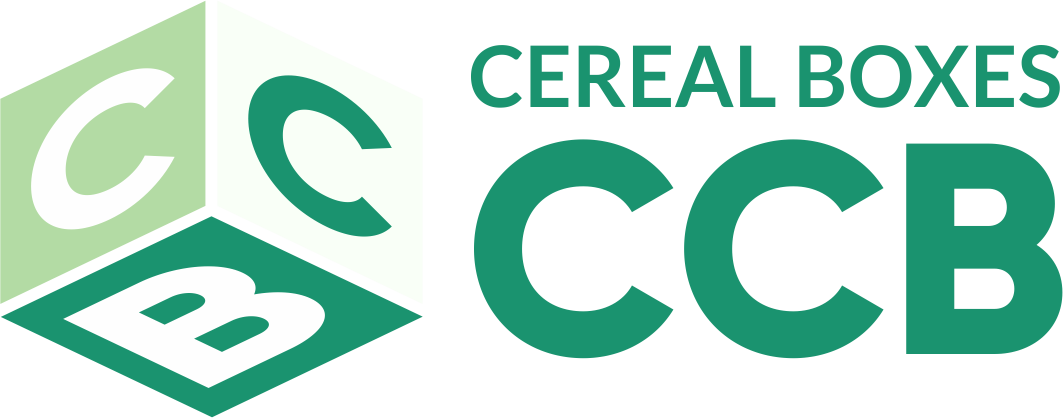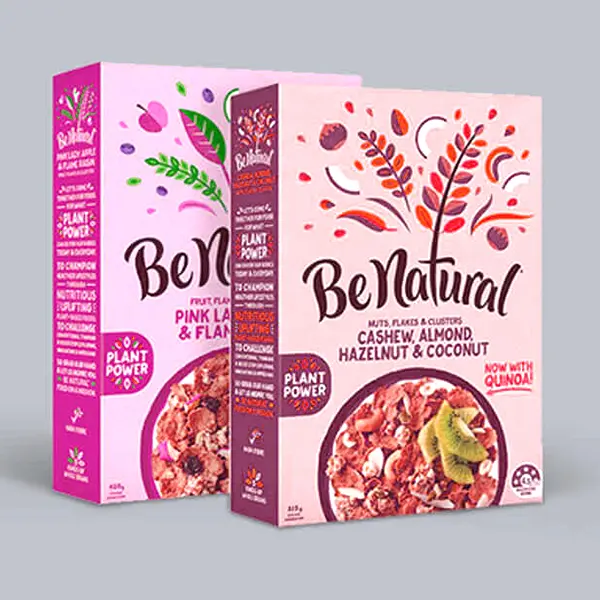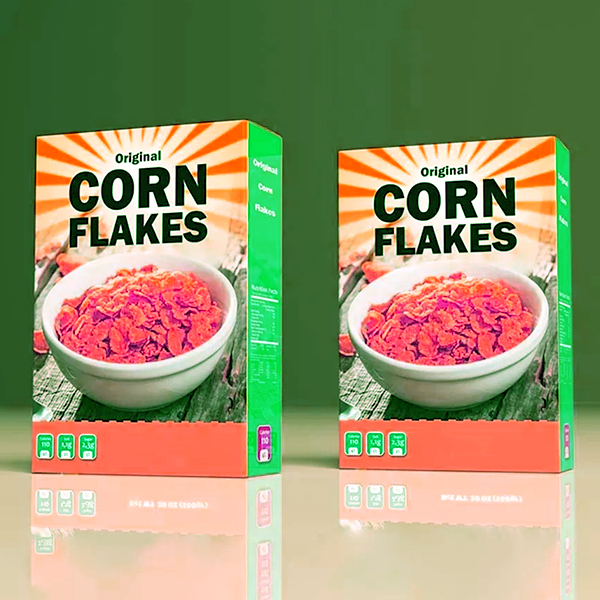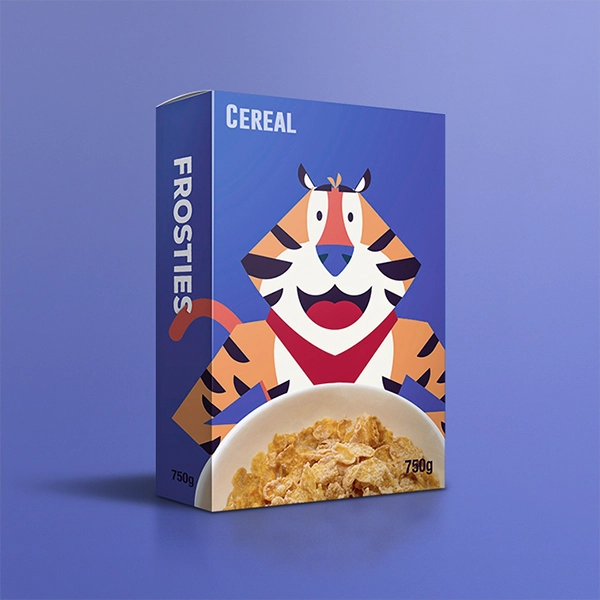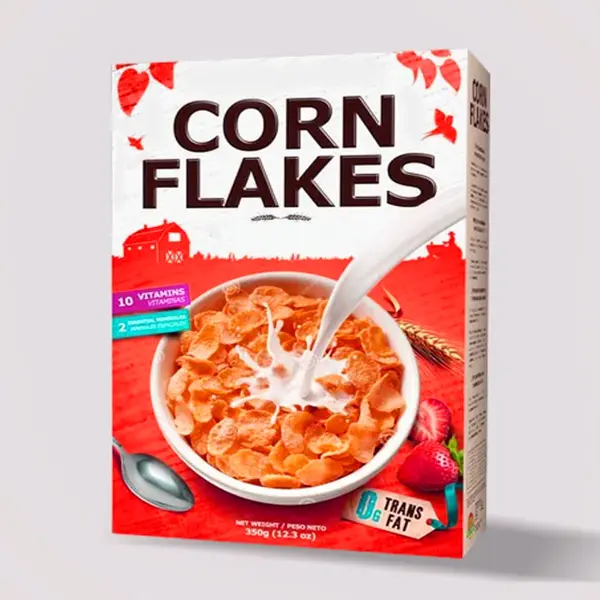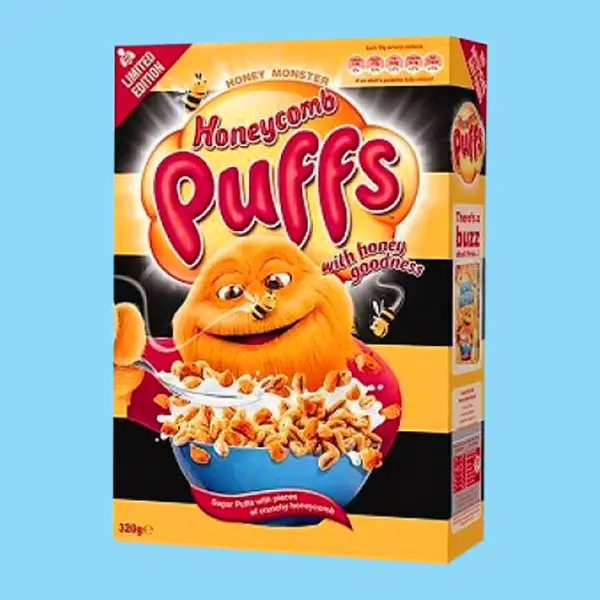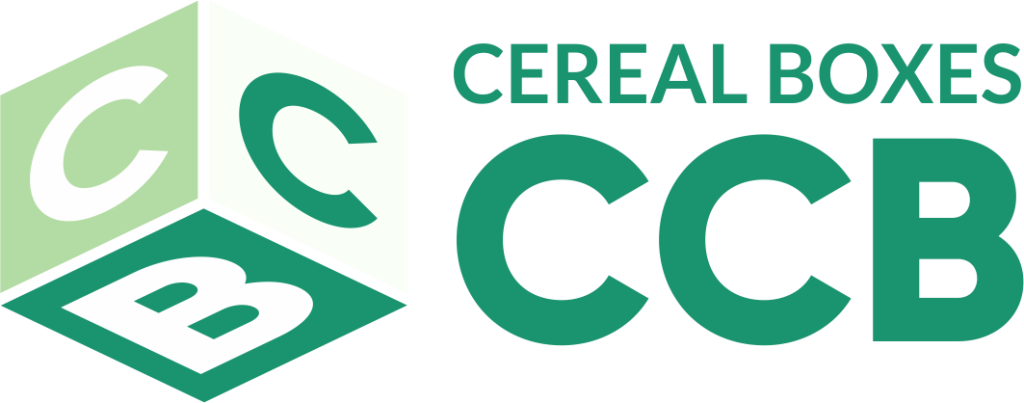How Tall is a Cereal Box? Unraveling the Dimensions of Your Breakfast Staple

Cereal boxes have become a ubiquitous sight in households around the world, occupying the shelves of pantries and breakfast tables alike. These colorful packages, adorned with enticing images and nutritional information, have been a breakfast staple for generations. But have you ever wondered about the dimensions of a cereal box? In this article, we’ll explore the typical size of cereal boxes, the reasons behind their specific measurements, and how packaging has evolved over time to meet consumers’ needs.
The Standard Dimensions of a Cereal Box
The height of a cereal box is a critical factor in ensuring it fits seamlessly on store shelves and in kitchen cabinets. On average, a typical cereal box measures around 12 to 14 inches in height. This size strikes a balance between visibility on store displays and practicality for consumers. Additionally, it allows manufacturers to optimize the use of packaging materials and maintain cost-effectiveness.
Why are Cereal Boxes Designed this Way?
The standard dimensions of cereal boxes are not arbitrary; they are carefully chosen to serve several important purposes:
1. Shelf Space:
Retailers allocate specific shelf heights to various product categories. By adhering to a standard cereal box height, manufacturers can ensure their products fit neatly within these designated spaces, maximizing visibility and accessibility to consumers.
2. Brand Visibility:
Cereal boxes are often displayed side by side, vying for consumers’ attention. A consistent height allows brands to showcase their unique designs and logos effectively, helping them stand out in a crowded marketplace.
3. Storage and Handling:
The height of cereal boxes is designed with consumer convenience in mind. A taller box ensures an ample amount of cereal is packed within, making it an economical and practical choice for families and individuals alike.
4. Transportation and Logistics:
Standardized cereal box dimensions facilitate efficient packing, shipping, and distribution processes. Manufacturers can stack and transport boxes more efficiently, reducing both cost and environmental impact.
The Evolution of Cereal Packaging
Cereal packaging has come a long way since its inception. Early cereal boxes, dating back to the late 19th century, were simple paper bags with no standard sizes. It wasn’t until the early 20th century that companies began to recognize the value of branding and consistent packaging.
In the 1940s, cereal boxes took on a more rectangular shape, with a height of around 8 to 10 inches. As the breakfast cereal industry boomed in the post-war era, manufacturers embraced vibrant colors and captivating graphics to attract consumers, contributing to the rise of iconic cereal box characters and mascots.
In the 1950s, competition among cereal brands intensified, leading to innovative packaging designs and promotional tactics. Cereal boxes became larger, accommodating greater volumes of cereal while maintaining a convenient shape for storage.
As time went on, manufacturers adapted to changing consumer preferences and lifestyles. Single-serve cereal boxes emerged to cater to busy individuals, students, and families seeking on-the-go breakfast options. These smaller-sized boxes became popular for their portability and portion control.
The 21st century brought further changes to cereal packaging. To address environmental concerns, brands began exploring more sustainable packaging options, including recyclable materials and reduced box sizes. “Stand-up” pouches and resealable bags also gained popularity, providing convenient alternatives to traditional boxes.
Conclusion
In conclusion, the height of a cereal box typically ranges from 12 to 14 inches, optimized for shelf space, brand visibility, storage, transportation, and handling. Over time, cereal packaging has evolved to meet consumers’ needs and reflect changing trends in the industry.
Next time you reach for your favorite cereal, take a moment to appreciate the careful consideration that goes into its packaging design. From its humble beginnings to modern-day variations, cereal boxes continue to play a vital role in our daily lives, enticing us with their delightful contents and eye-catching designs.

Denial
He is a creative and innovative entrepreneur with a passion for delivering personalized and eye-catching packaging solutions. With a keen eye for design and a dedication to customer satisfaction, they have built a thriving business that caters to unique branding needs.
Related Post
In today’s environmentally conscious world, recycling has become a pivotal aspect of waste management and sustainability efforts….
July 19, 2023
Cereal boxes have become a ubiquitous sight in households around the world, occupying the shelves of pantries and ….
July 19, 2023
In the competitive world of breakfast cereals, having a distinctive edge is vital for businesses to thrive. One powerful tool that can set ….
